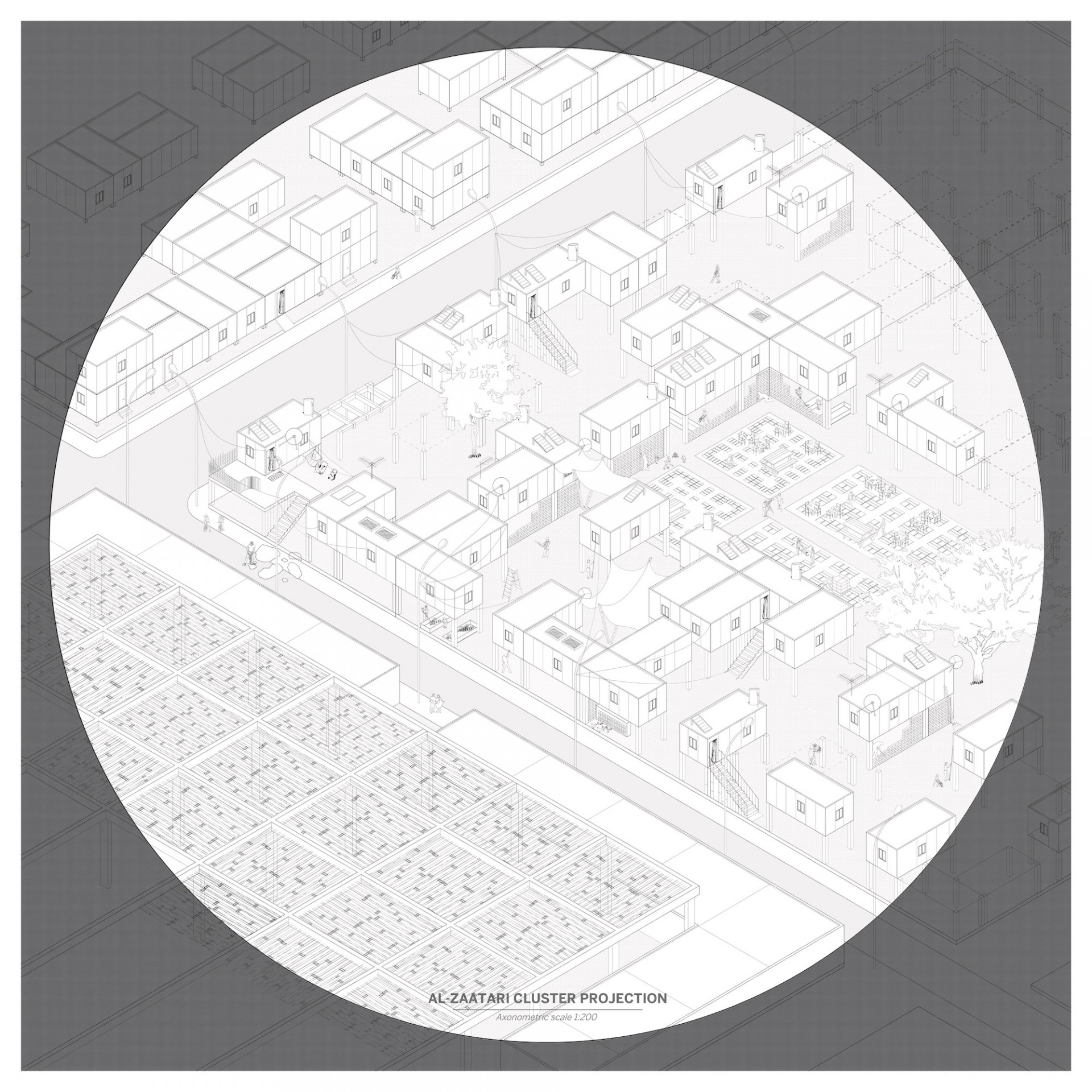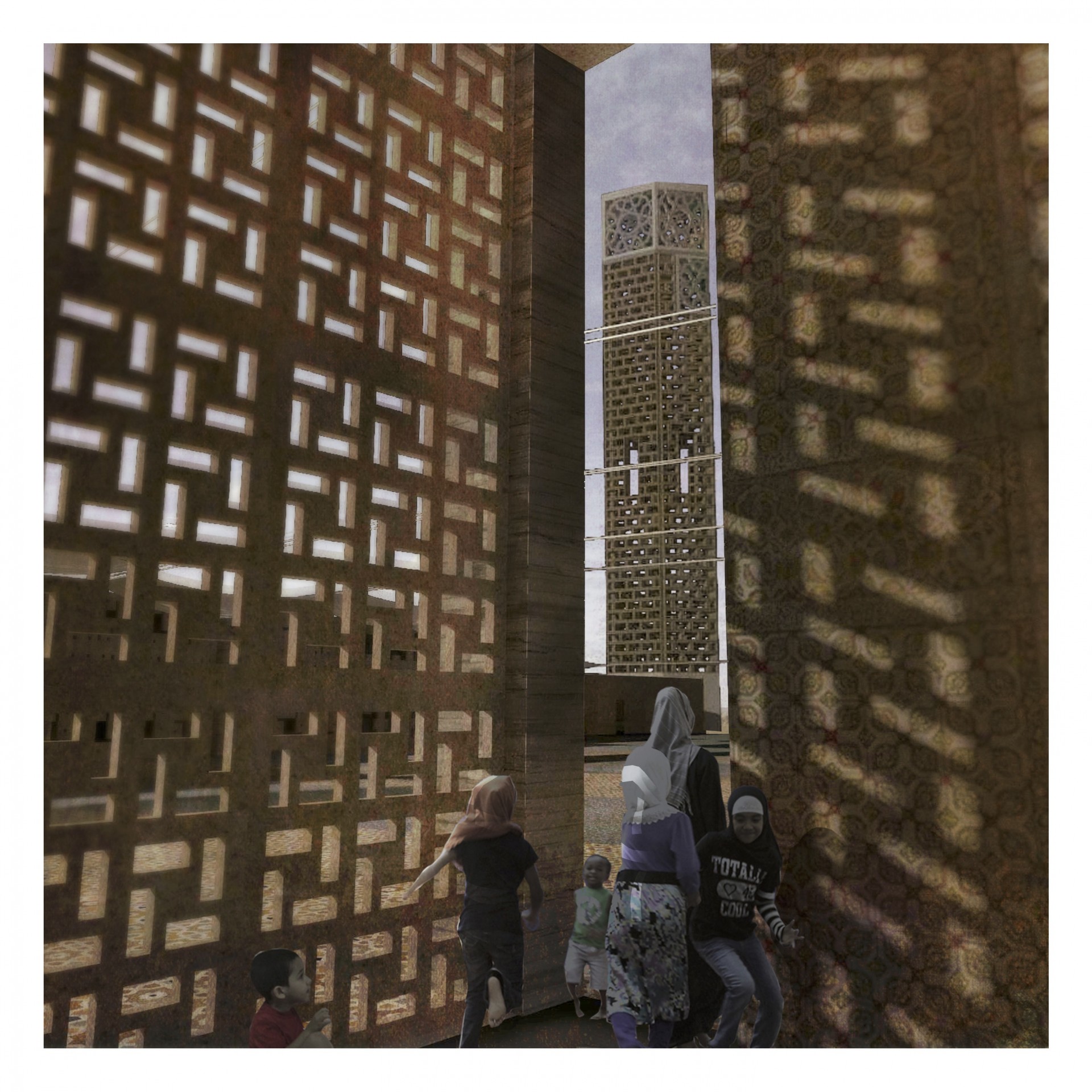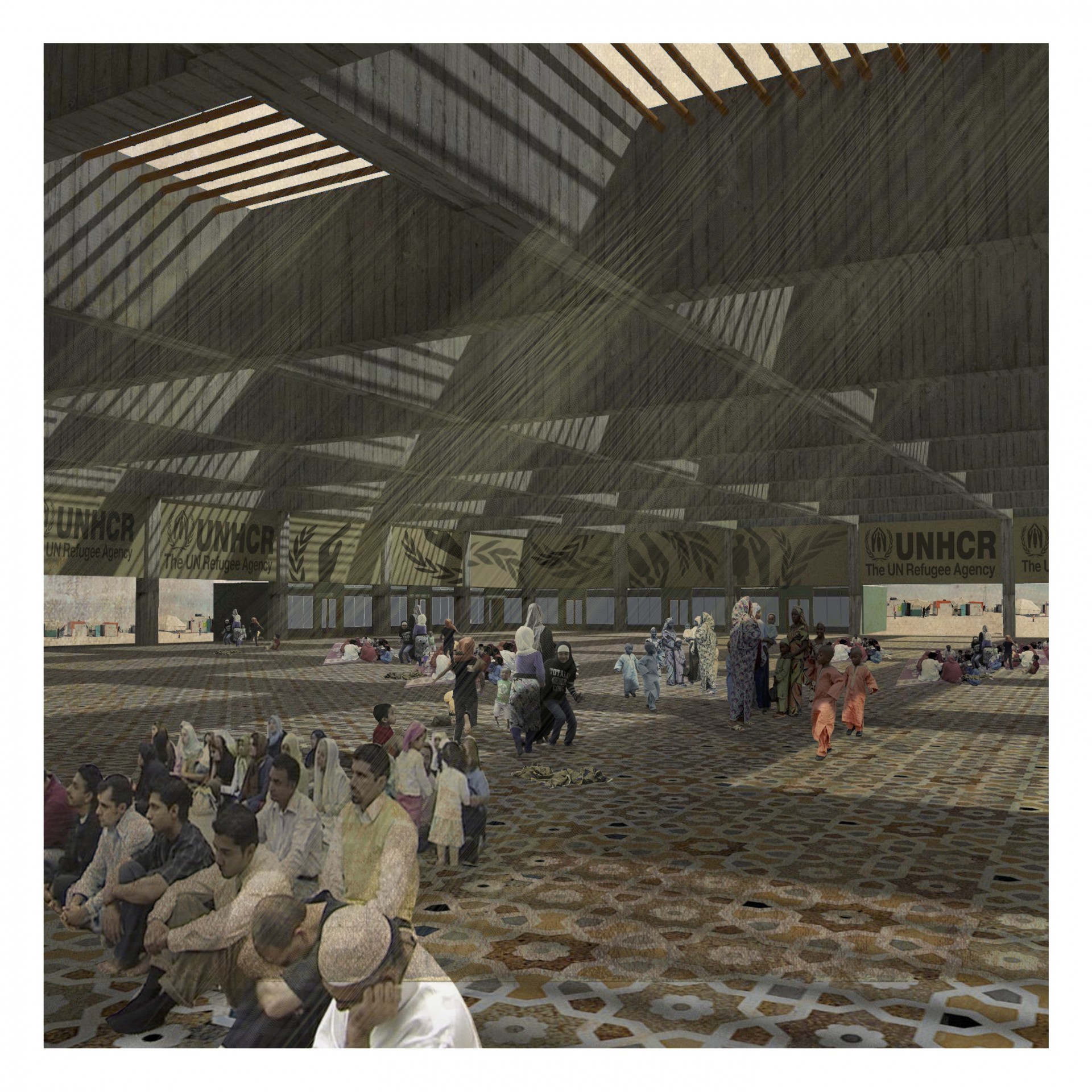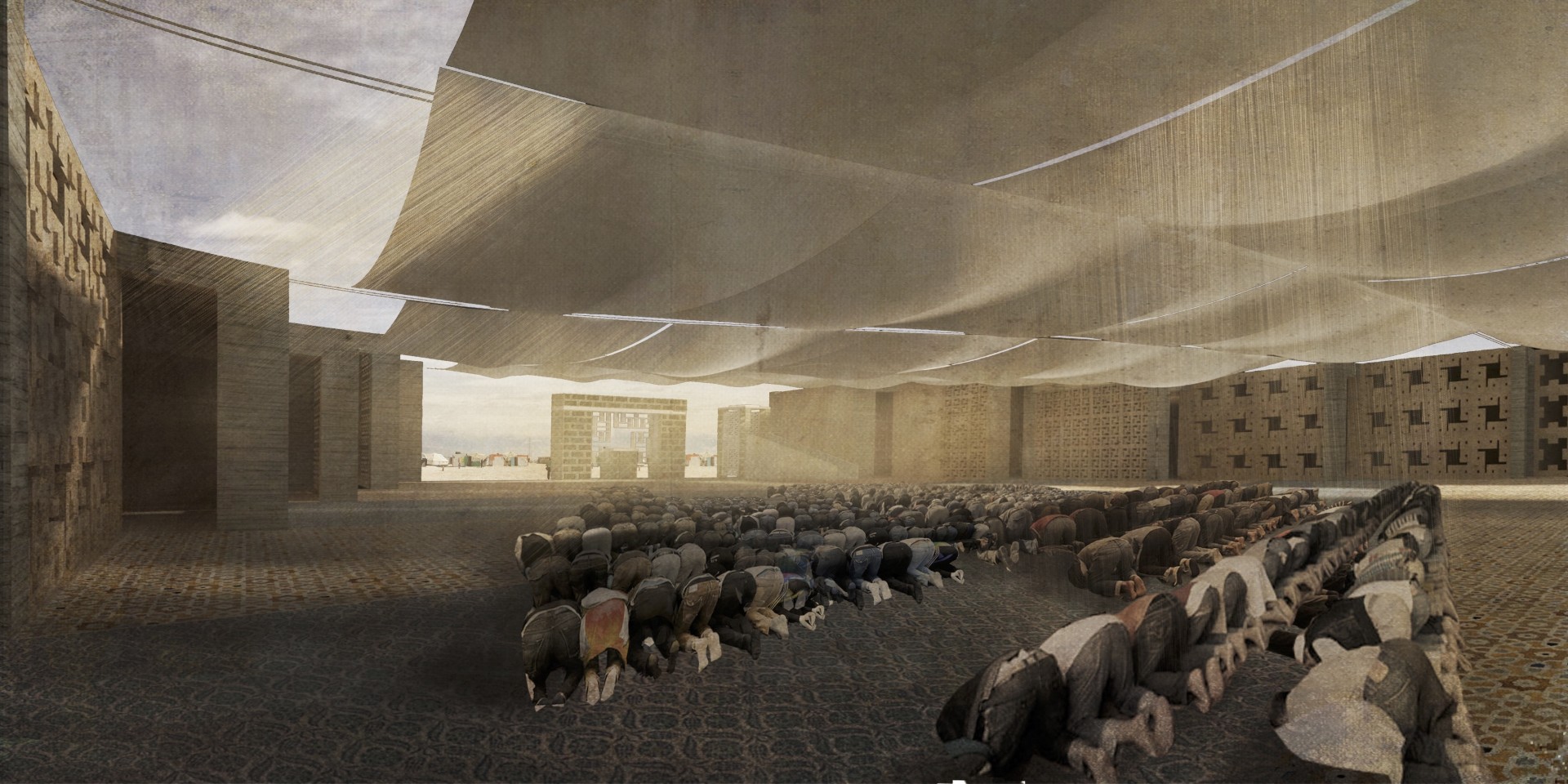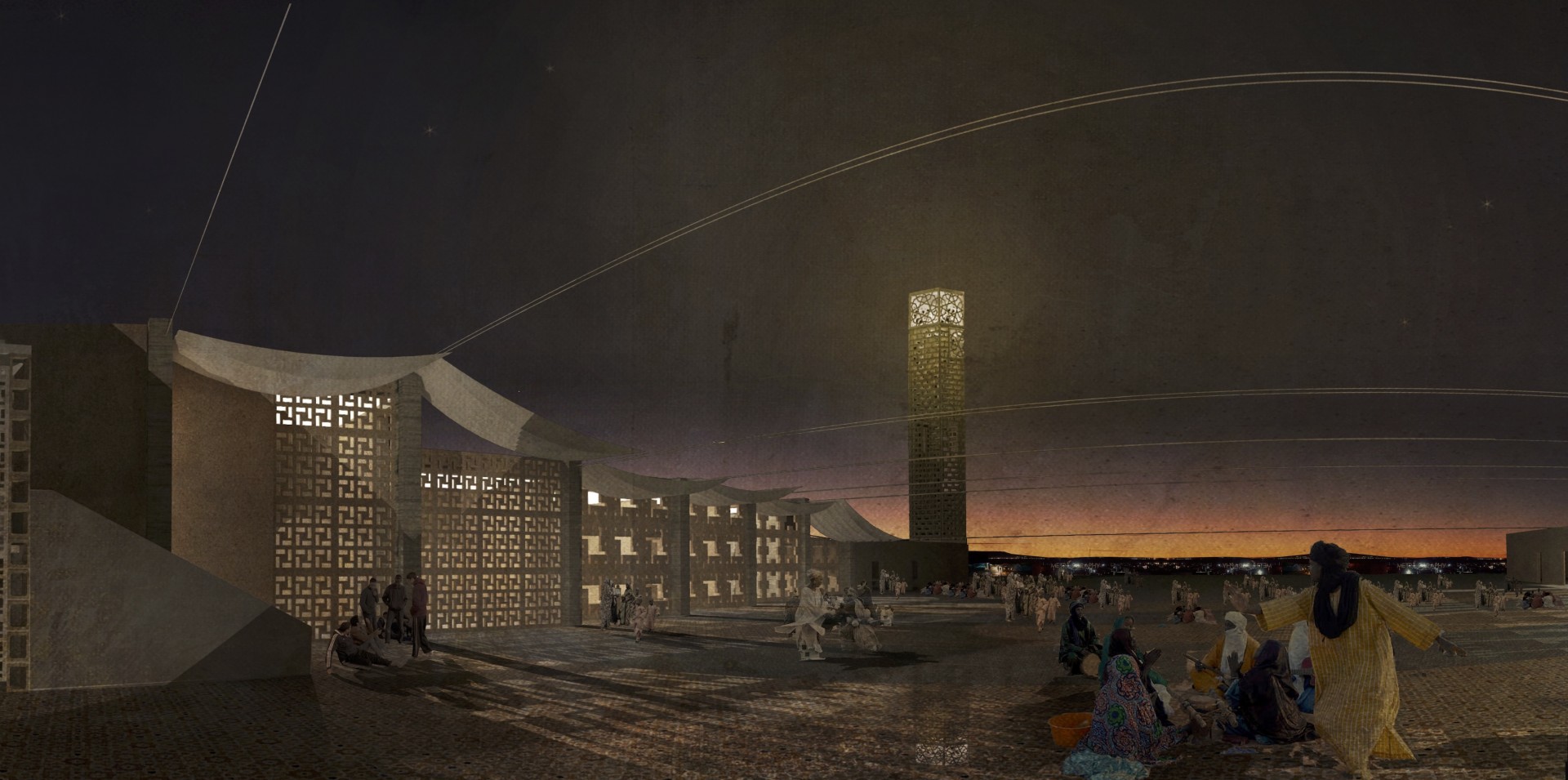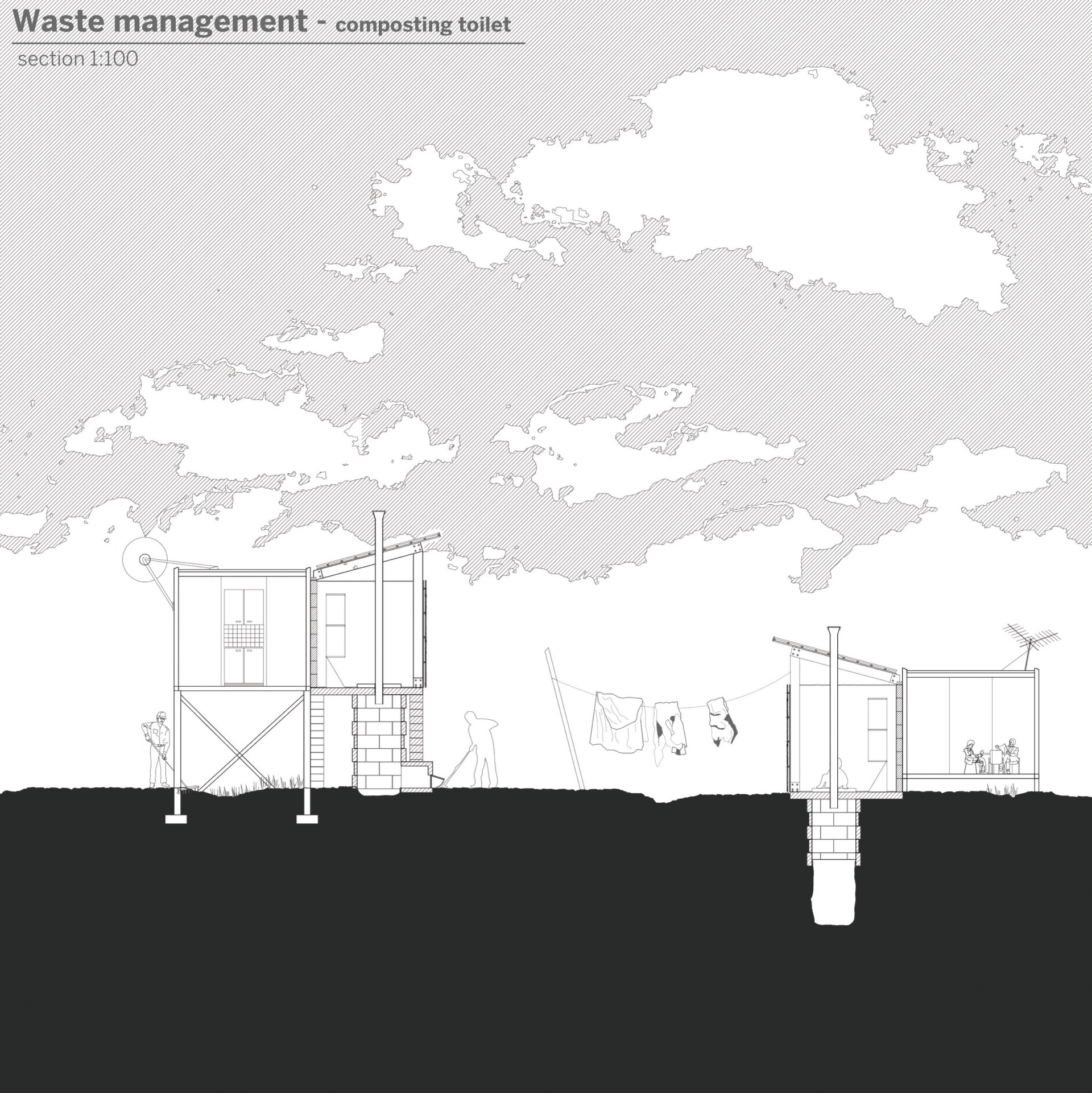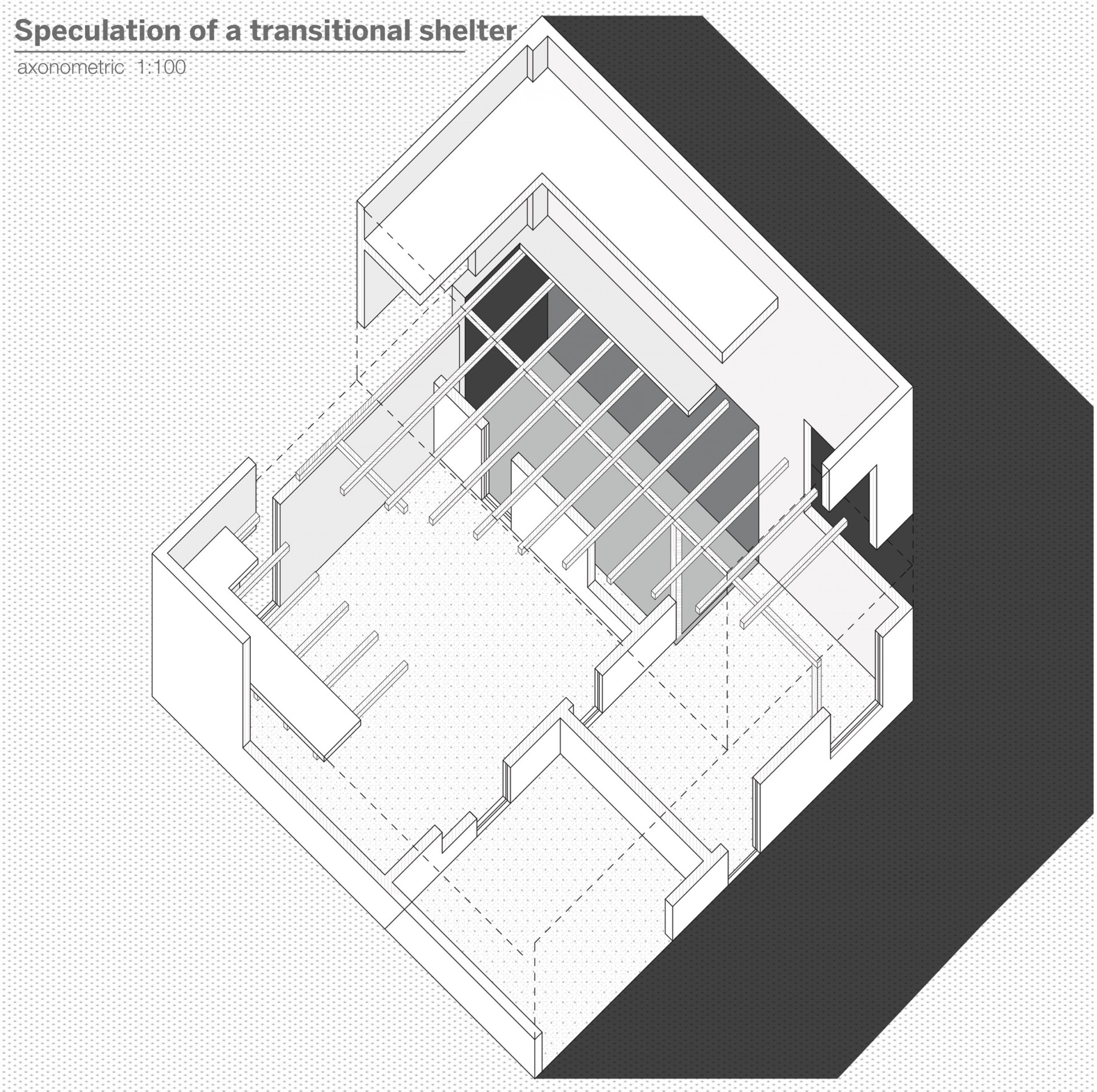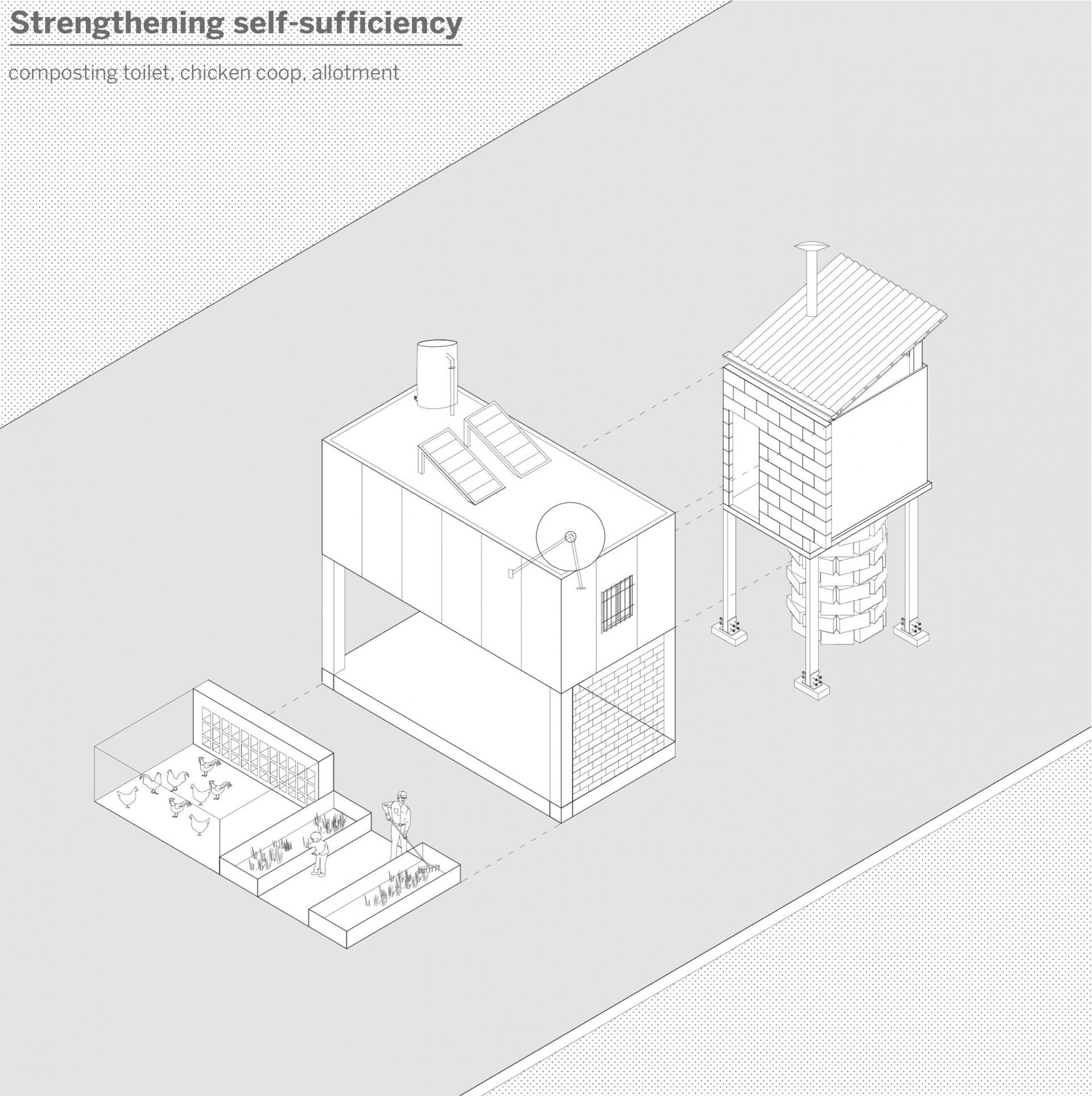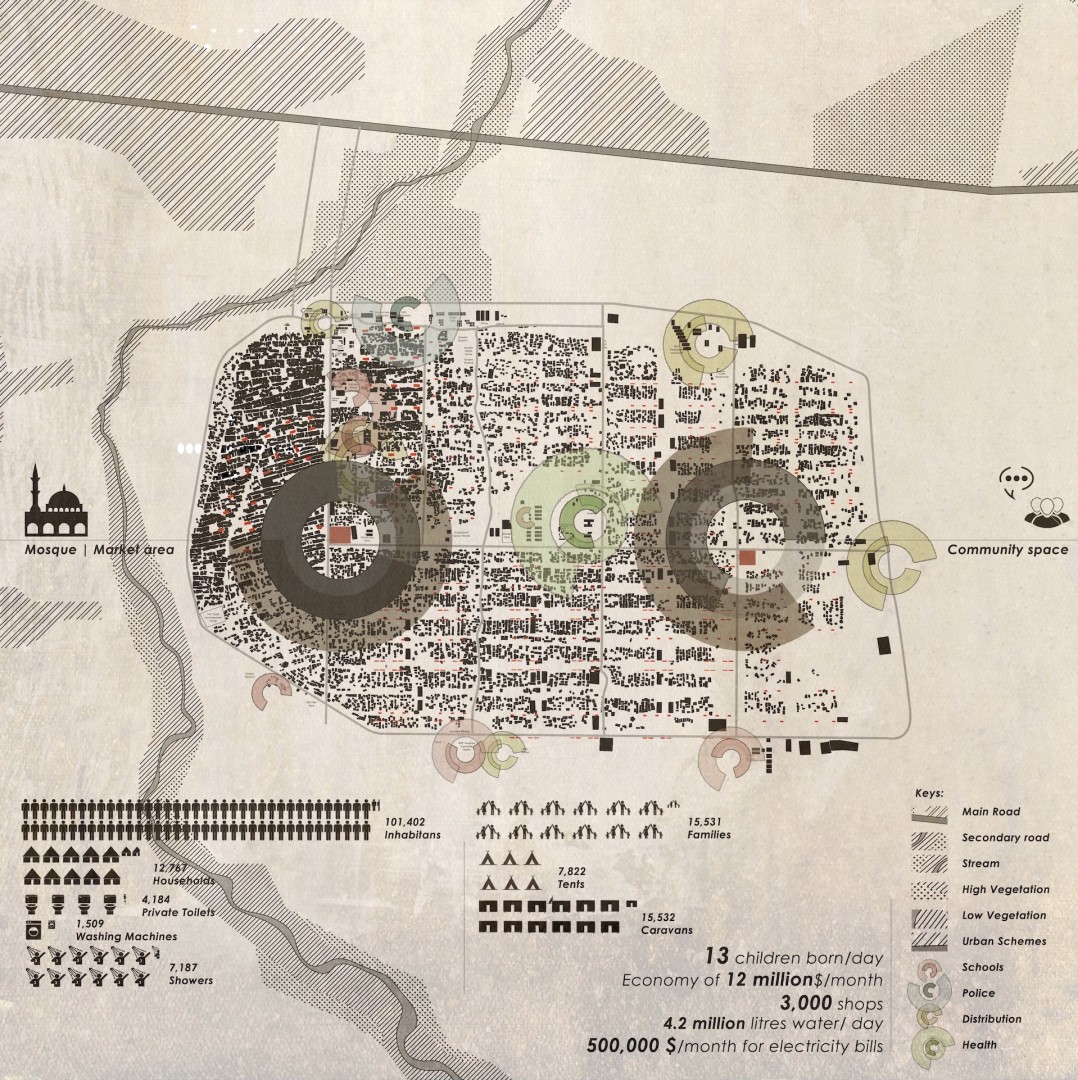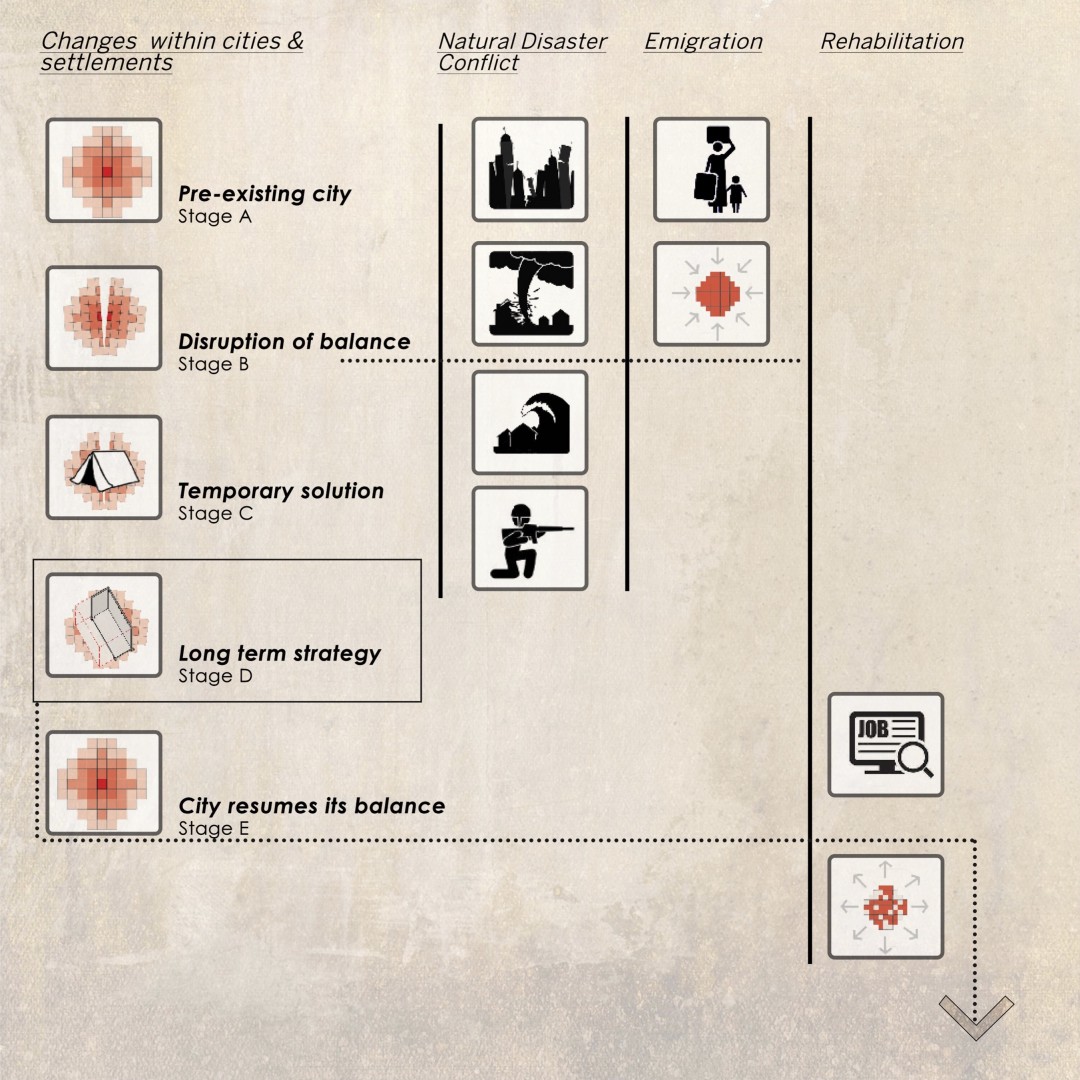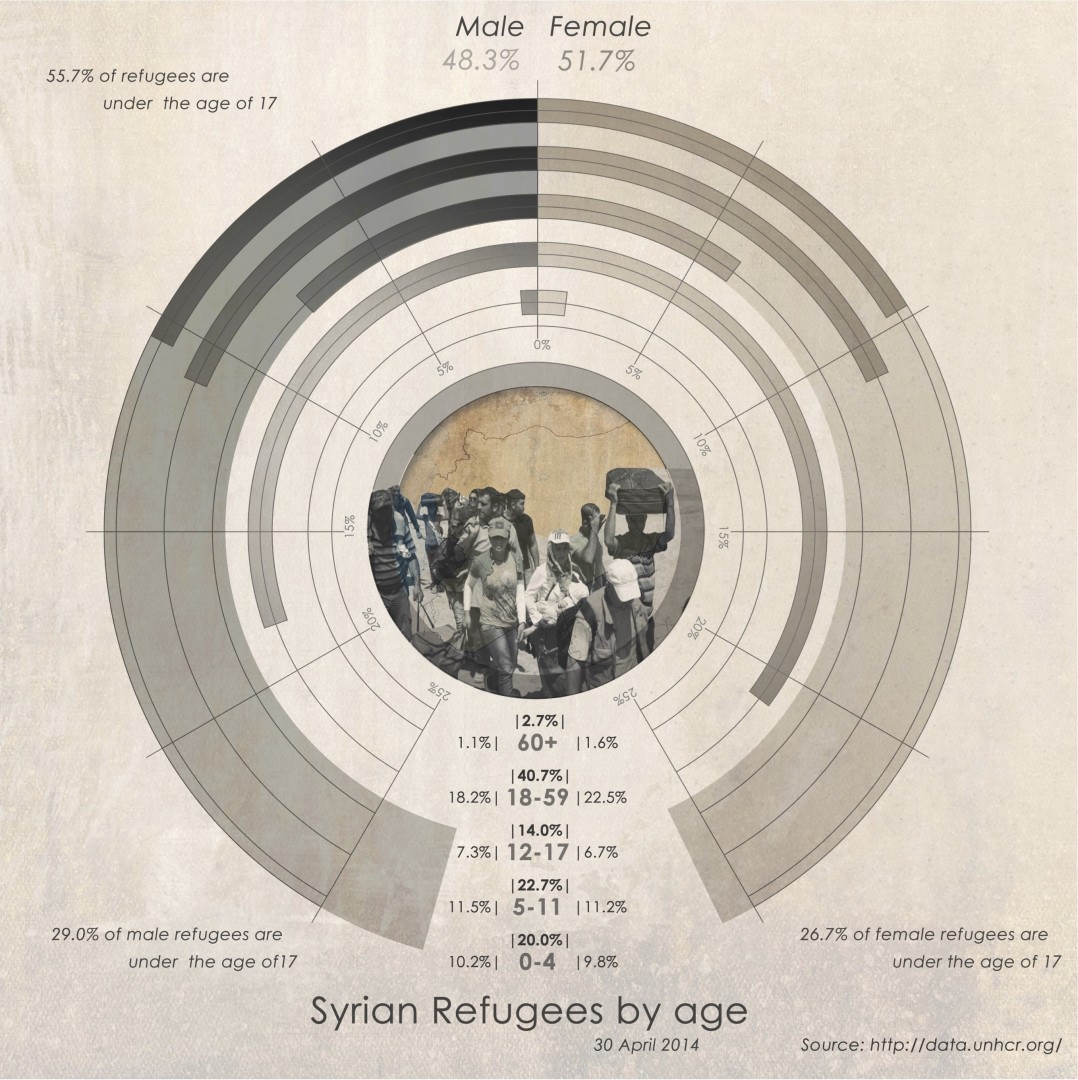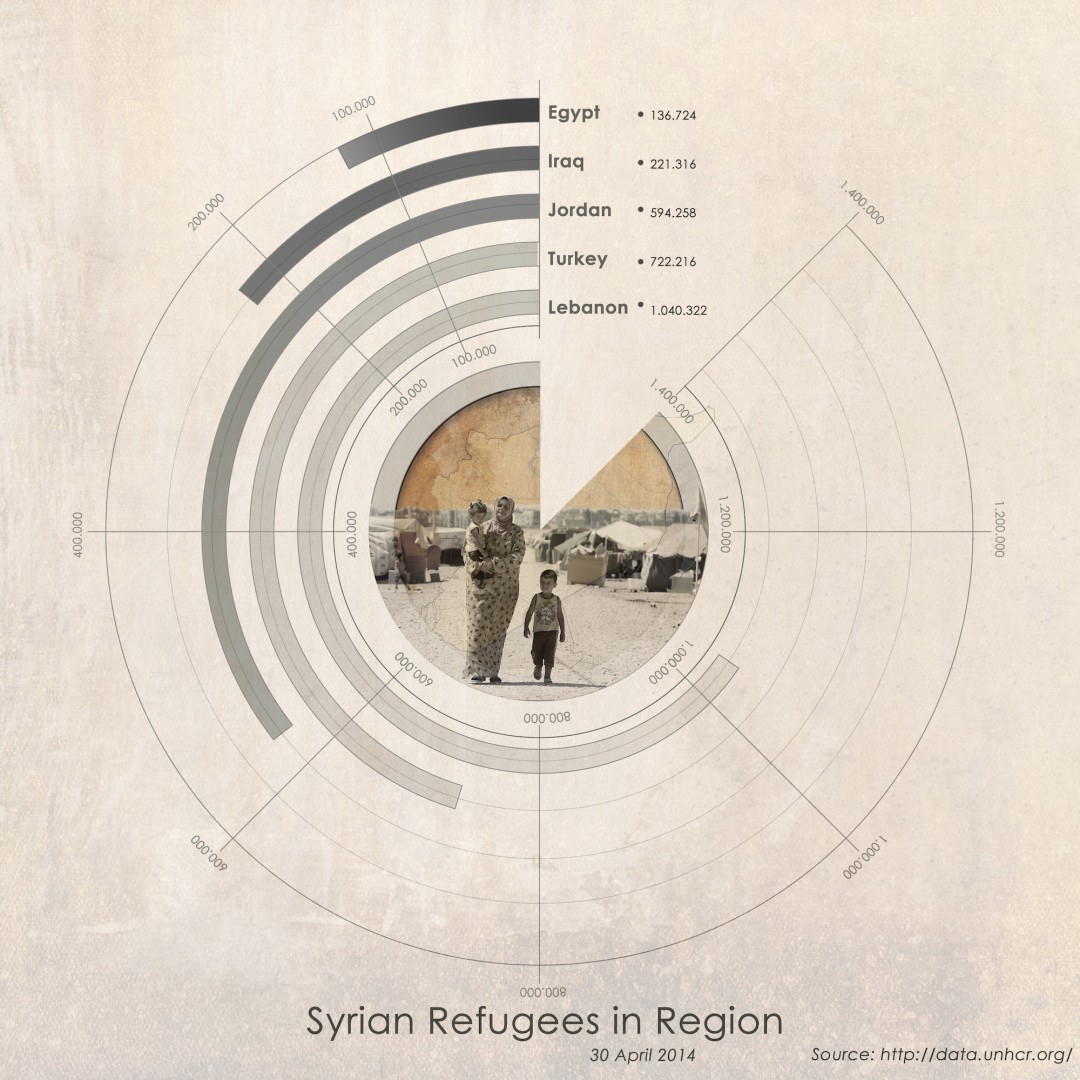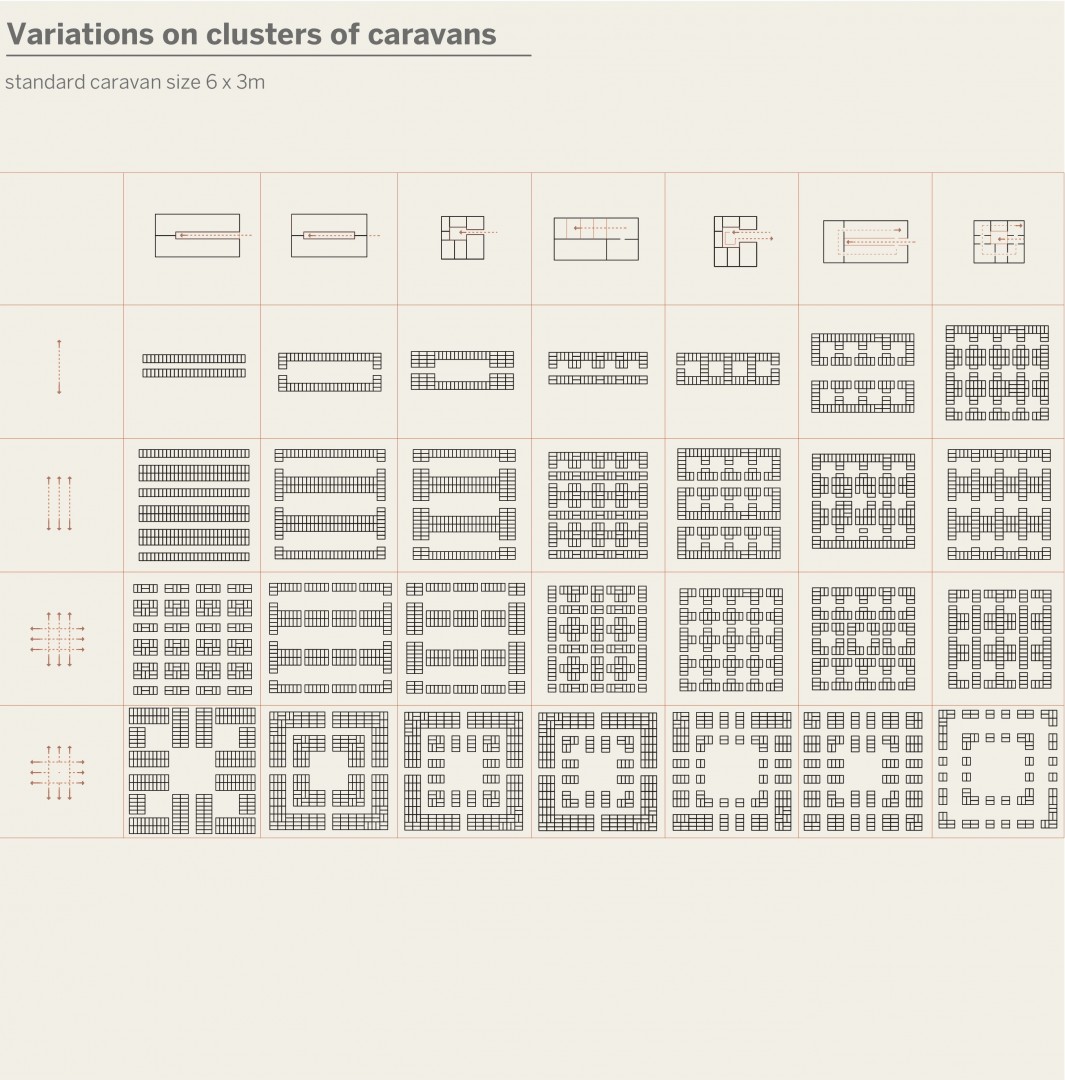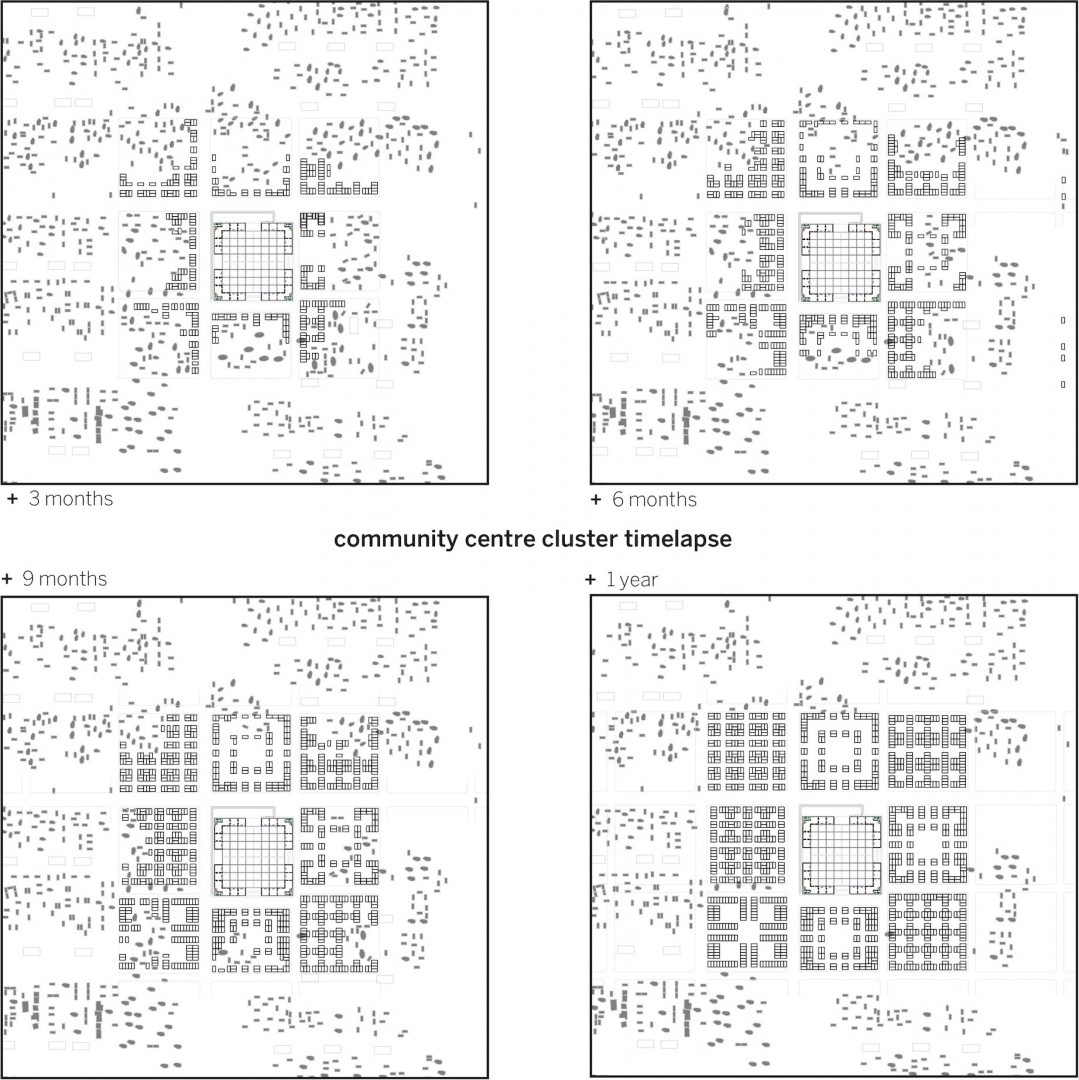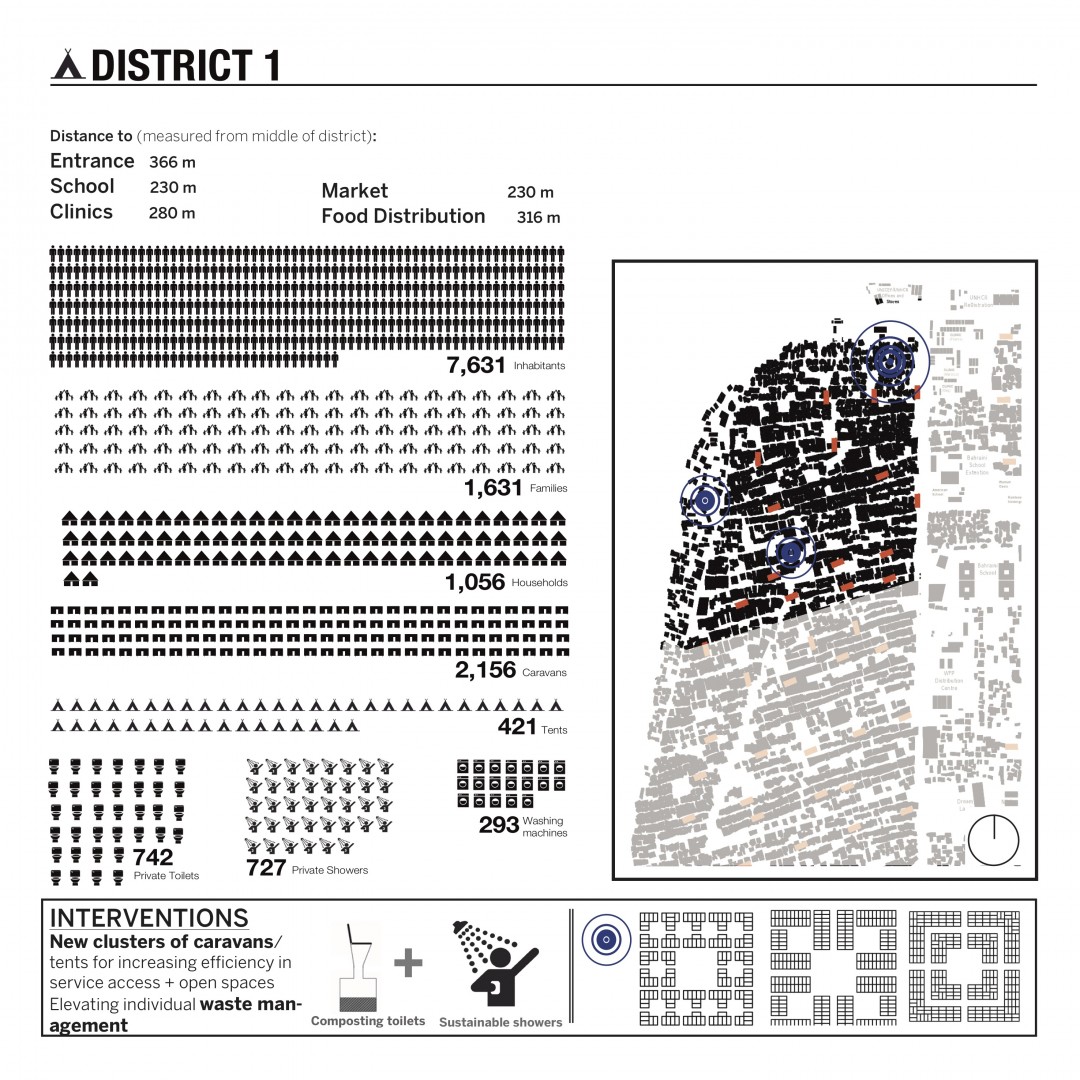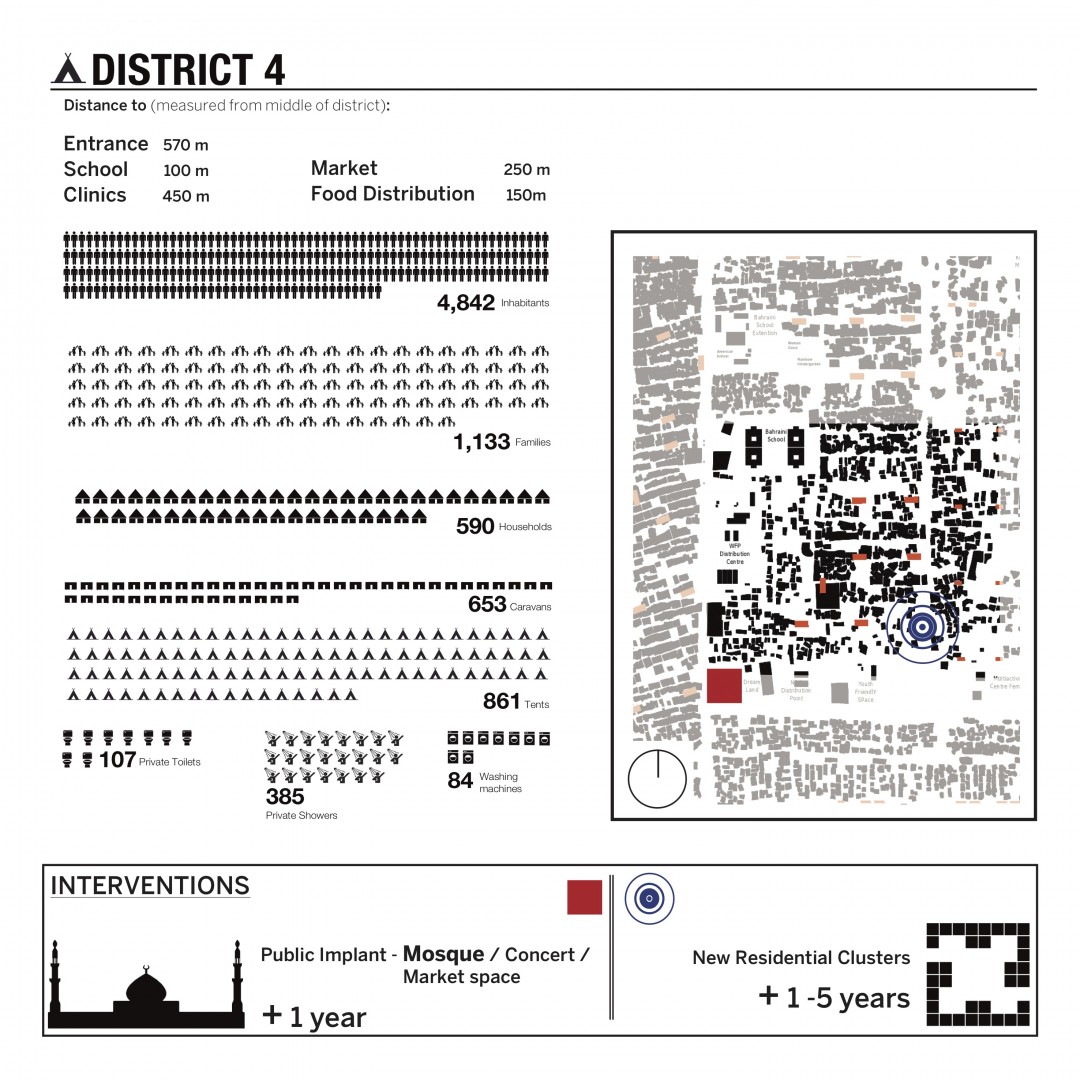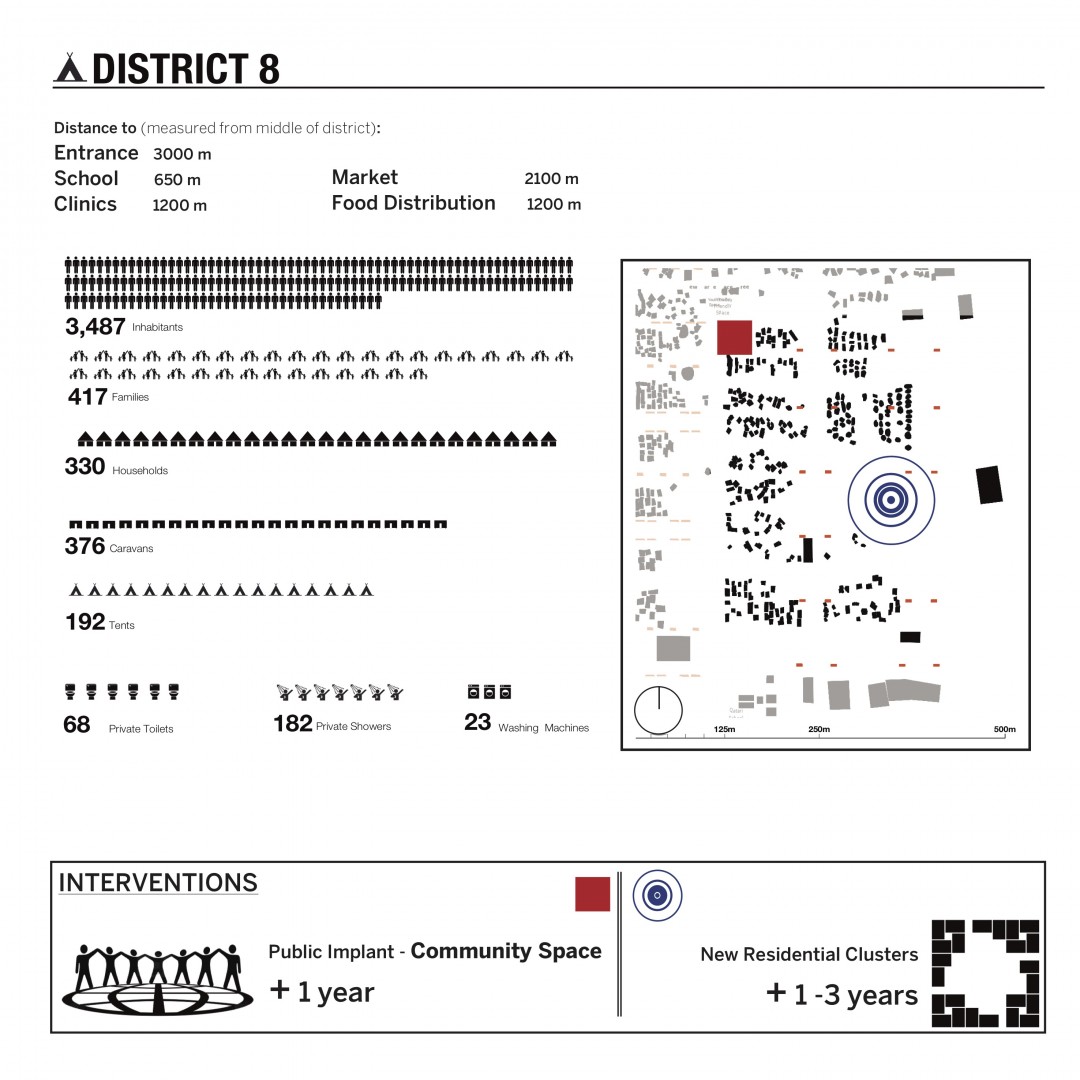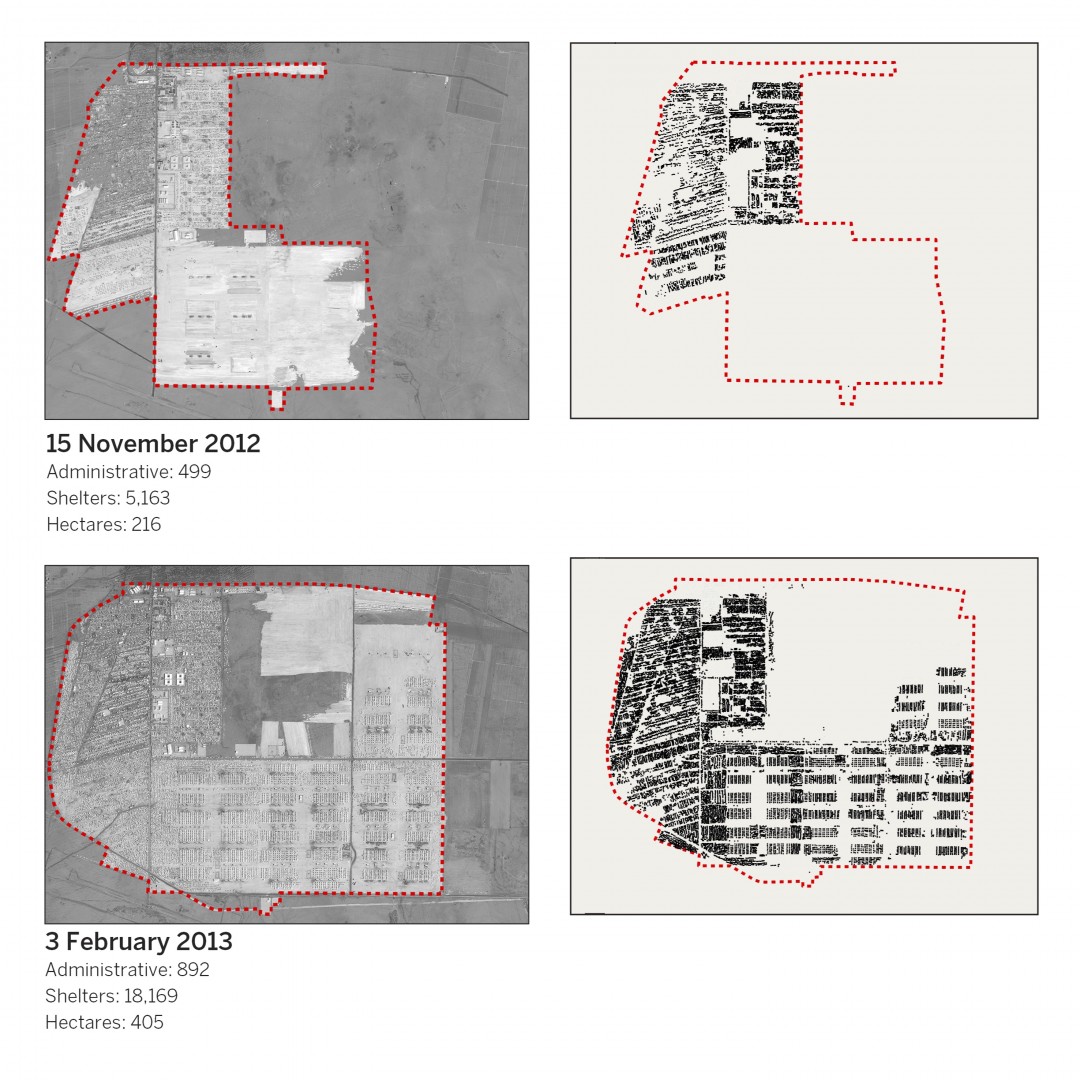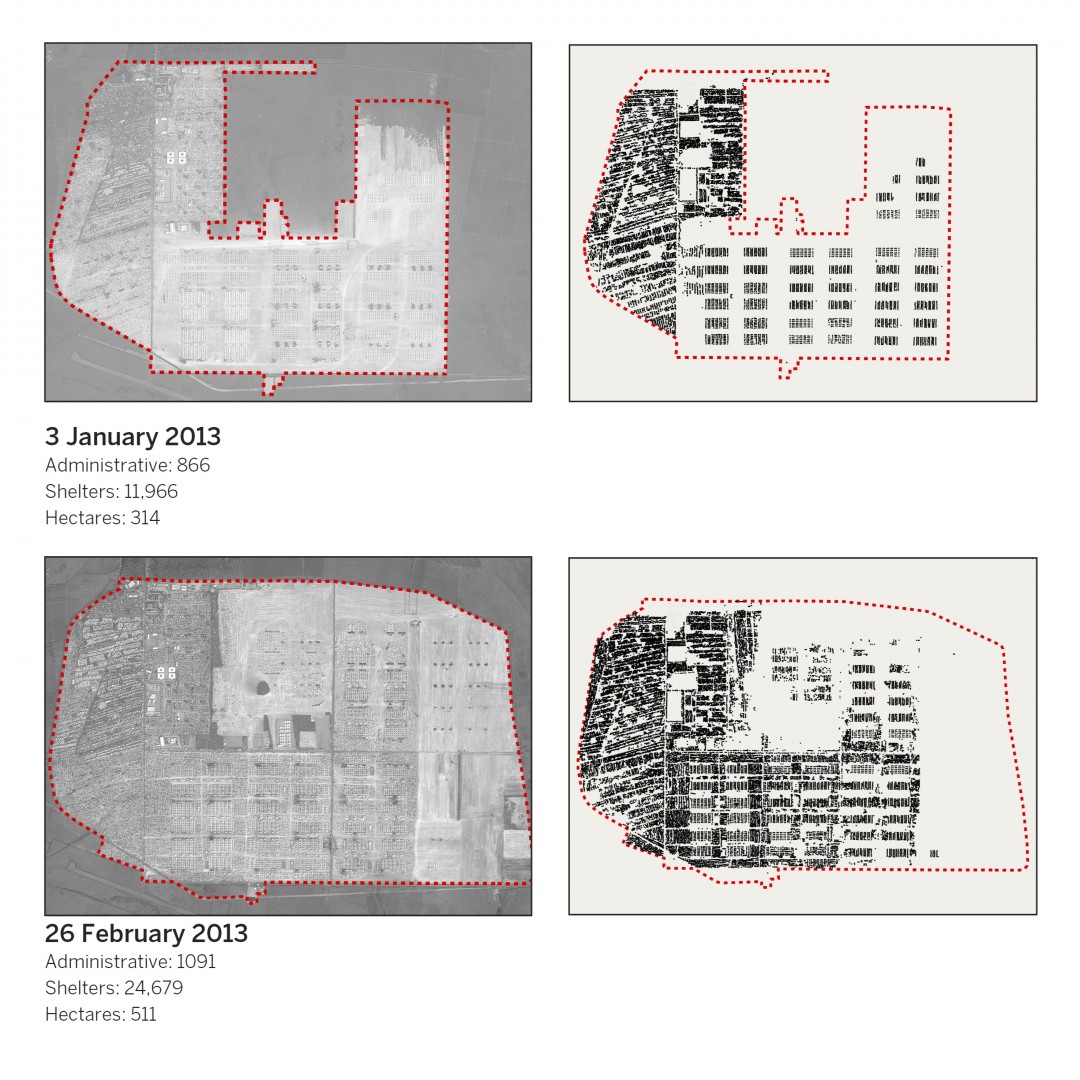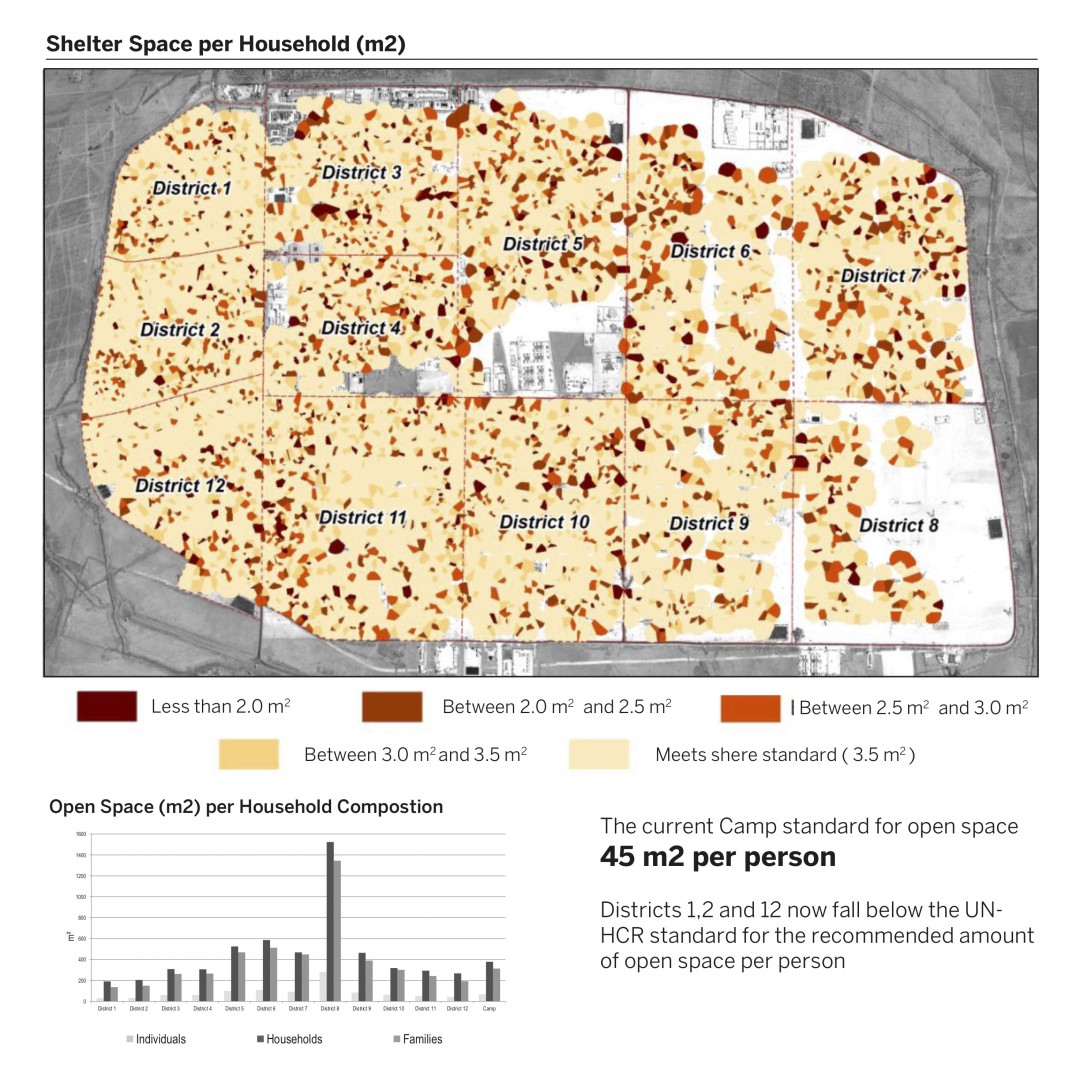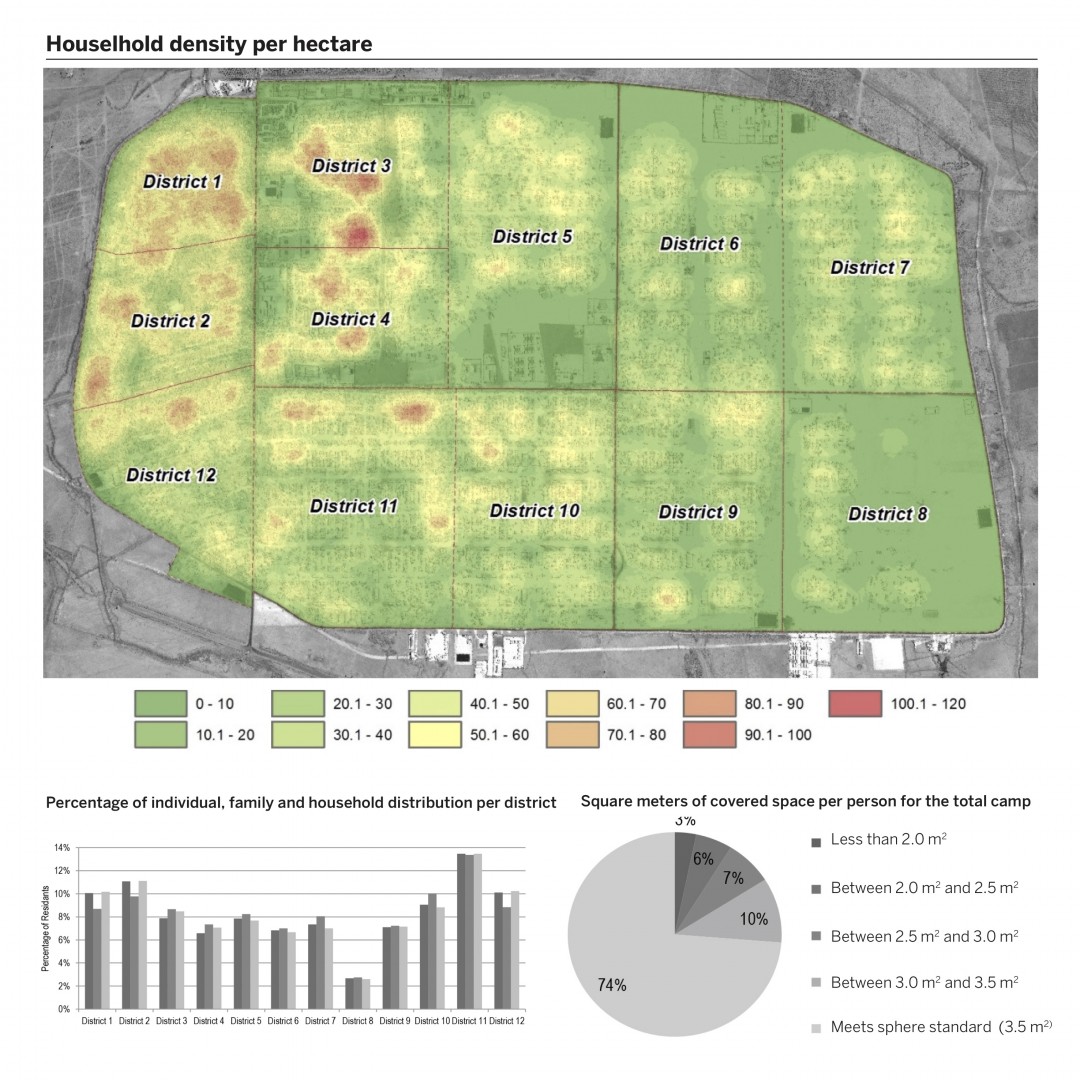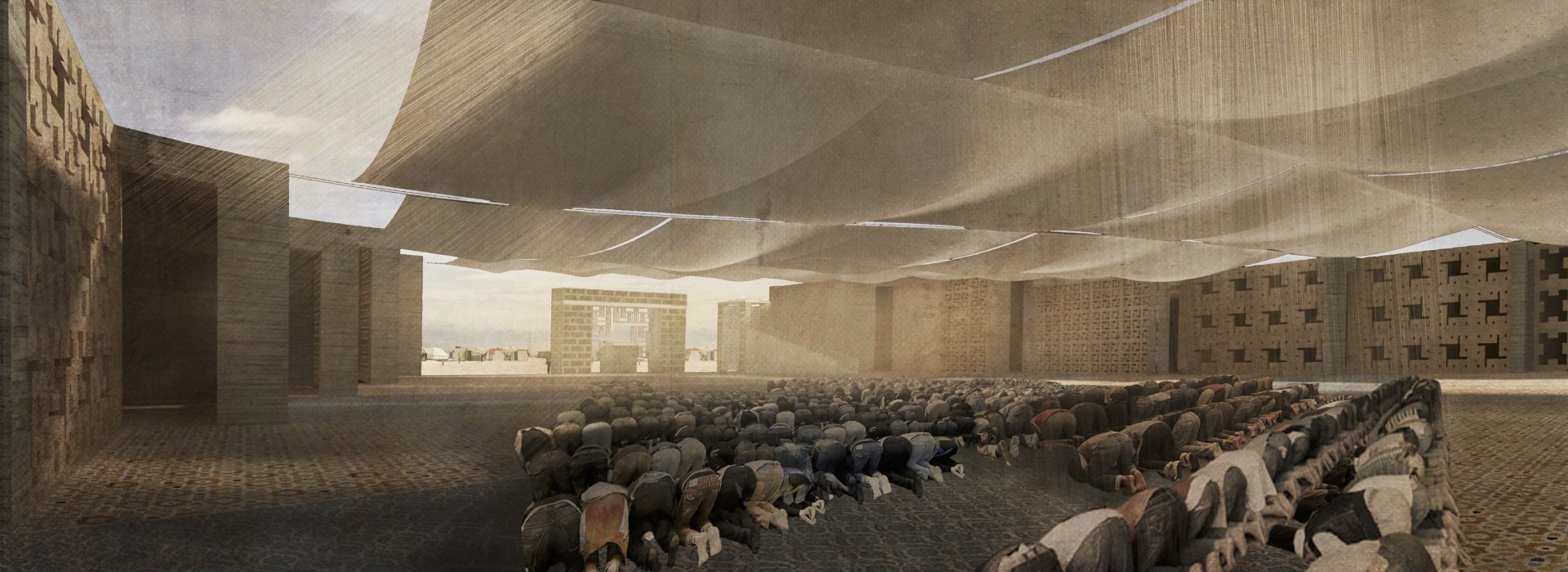
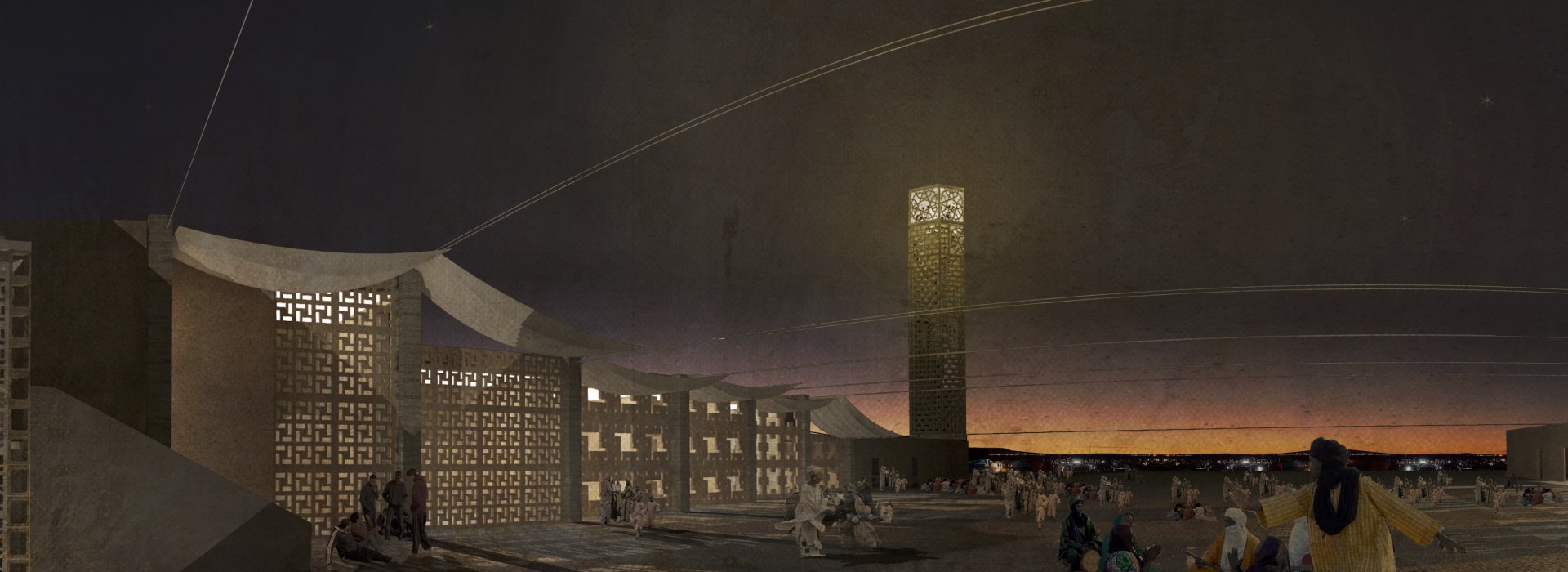
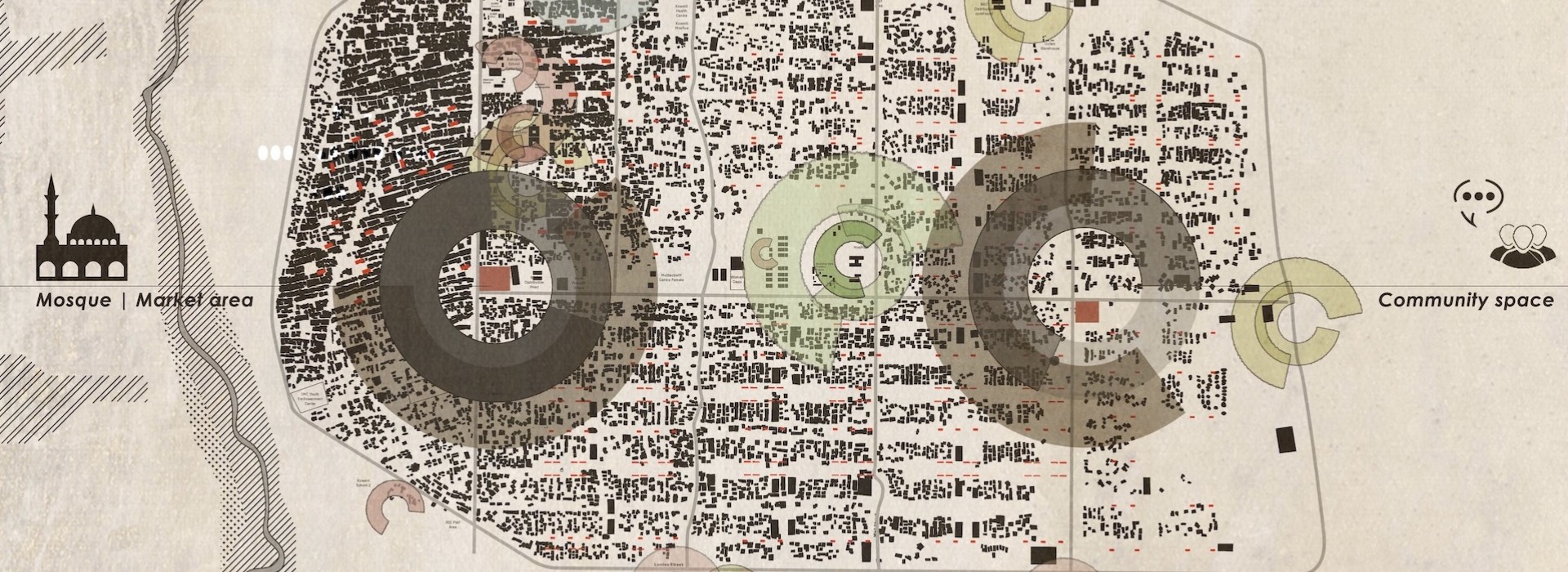
Location: Zaatari Refugee Camp, Jordan
Status: Research
Year: 2014
Re-thinking Refugee camps - Case study of Al Zaatari Syrian Refugee camp
It’s high time the humanitarian sector re-value its approaches to post-disaster emergency response and establish solutions that incorporate the end-users with all their socio-economic particularities more through the design, as well as, the construction phase. Their role will be in assisting the refugees in building up capacities by themselves. Collaborative architectural making should be seen as a catalyst for civic empowerment and social change. Participation should be perceived as a creative process where flexible; grassroot-solutions emerge, which are cheaper, creative, simpler and responsive to need. Fully integrated water, wastewater and drainage management system that is cost efficient, environmentally friendly, durable and sustainable with regards to costs is essential.
Furthermore, the very process of building should be seen as a catalyst for development and empowerment to the afflicted. There is vast potential for sustainable design and planning in the humanitarian response sector and a great opportunity for architectural innovation. An opportunity to generate architecture that focuses in producing values, not products and where architects assume the role of a social entrepreneur. Statistically speaking about only 5% of the built environment in the world is planned, rest 95% is unplanned or informal. We could as architects devote time for that 95 % instead of only recognizing the 5%. As the architect Nabeel Hamdi states, “Providing to enable. Enabling to adapt to change - this is sustainability”.
